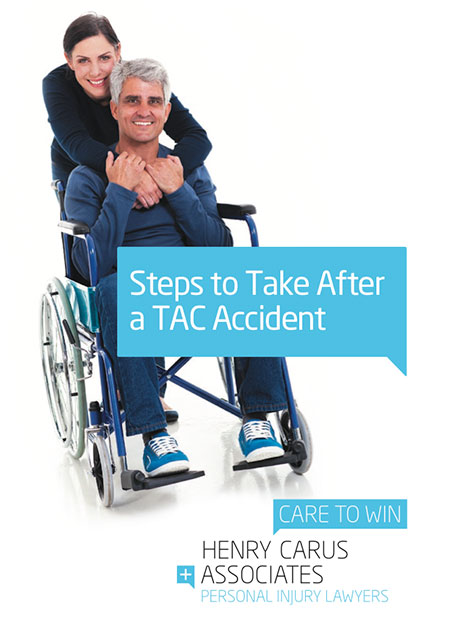
Nicholson v VWA, decided 24 June 2016
The WorkCover system can be complicated, especially seeking access to common law compensation. The process allows an injured worker access for either pain and suffering damages, or pain and suffering and economic loss by the granting of relevant serious injury certificates.
It is the second certificate for economic loss that creates the greatest obstacle has the worker has to demonstrate that he or she has lost more than 40% of their pre-injury work capacity.
In Nicholson v VWA, the Court of Appeal was asked to decide 2 questions:
- 1. Whether work related travel allowances and clothing allowances should be included in the calculation of what the injured worker’s post injury gross income from personal exertion or not.
- 2. And if yes, whether expenses deducted from income in the tax return for motor vehicle and clothing expenses should be deducted from that income.
The questions were asked in a matter where it was agreed that if the injured worker’s work allowances was added to his income and the expenses mentioned were not deducted he would not be able to comply with the more than 40% loss, but if not, he would be able to access pain and suffering and income loss compensation which would be a great outcome for the injured worker.
The court after reviewing the legislation found the following to the 2 questions posed:
- 1. Yes, to adding in the allowances to calculate his income from personal exertion
- 2. No, to deducting the expenses to reduce his income from personal exertion
So, in the end the injured worker was not able to access common law compensation for his loss of income at all.
This interpretation of the legislation is being made some 15 years after the legislation was first enacted. It just goes to show that the interpretation of the legislation is a process that is never likely to end.
 Call Us Today
Call Us Today



